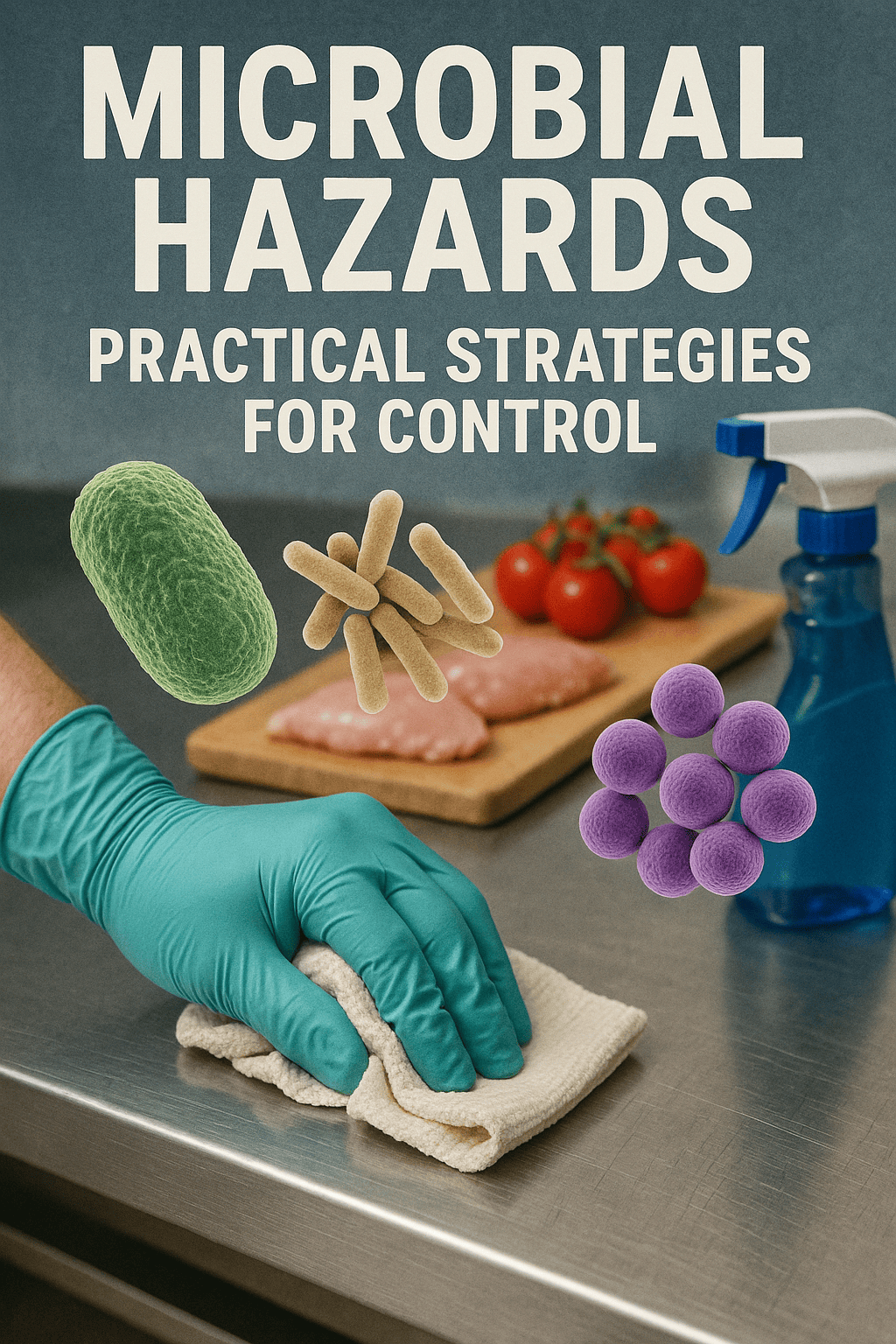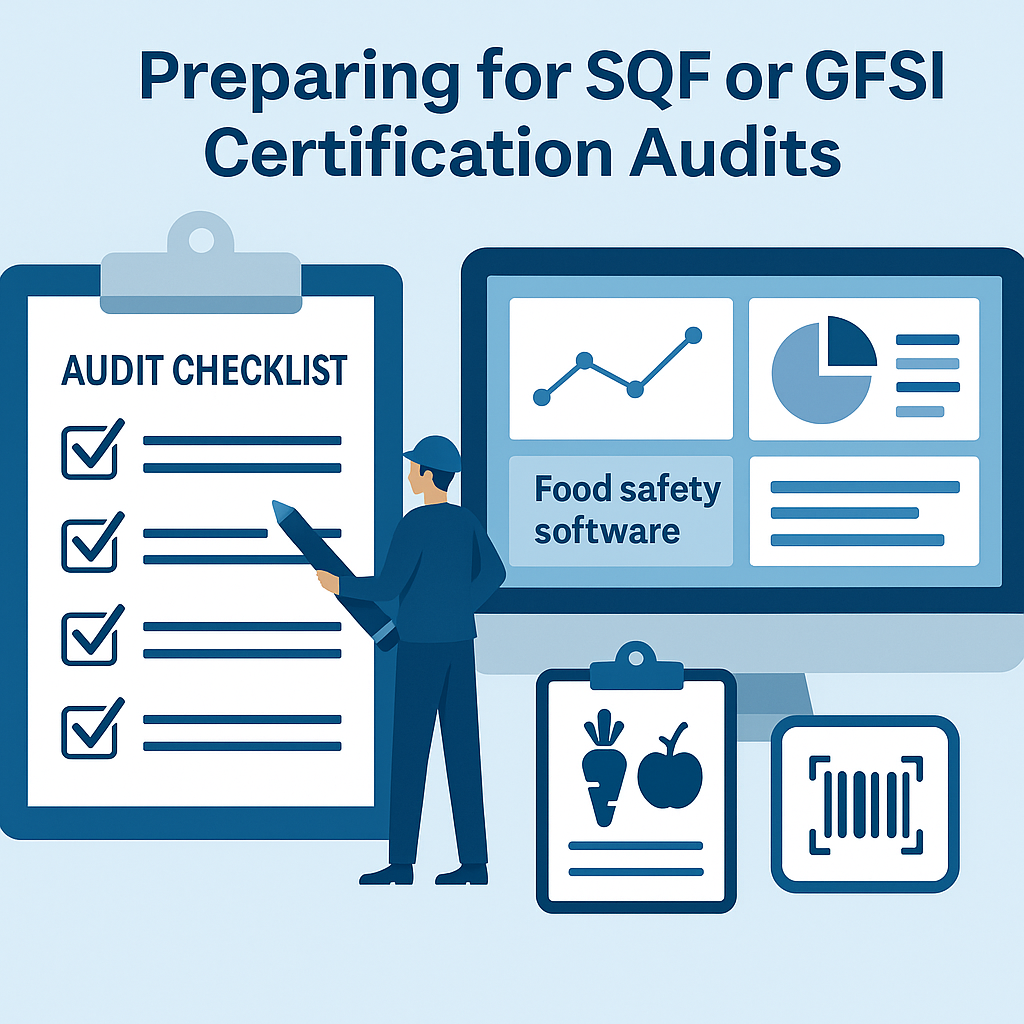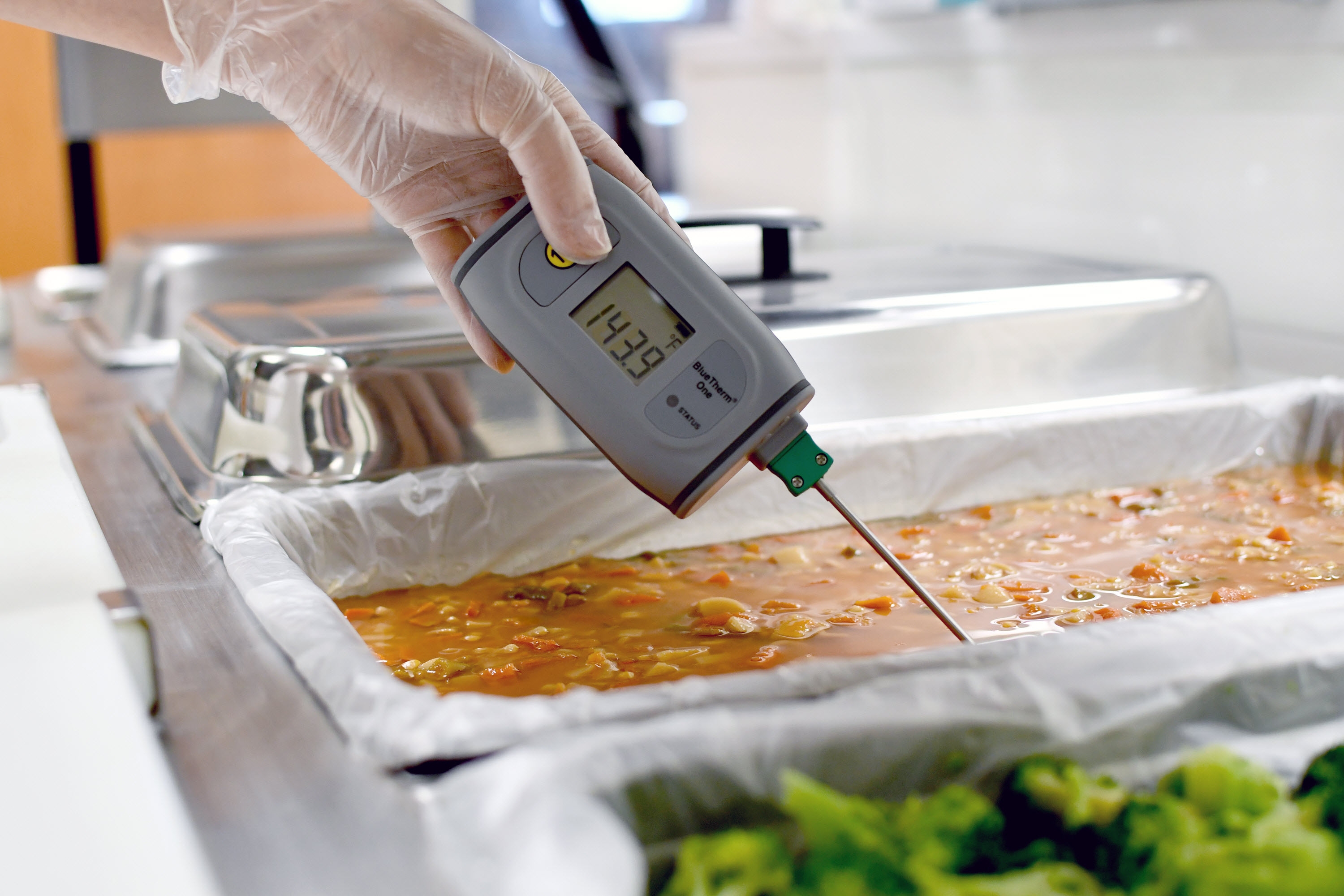In the rapidly evolving landscape of food safety and regulatory compliance, staying updated with the latest label requirements set by the Canadian Food Inspection Agency (CFIA) is crucial for any business in the food industry. CFIA regulations ensure that food products are safe, properly labeled, and fit for consumption, preventing misleading information and protecting public health. This comprehensive guide delves into best practices for CFIA label review, the significance of integrating advanced food safety software, and a step-by-step approach to maintaining compliance amidst regulatory changes. This article is geared towards food safety professionals and C-level executives within the food industry, aiming to enhance their regulatory strategies.
Understanding CFIA Label Regulations
The CFIA sets stringent guidelines for labeling to ensure that all food products in Canada meet specific standards for ingredients, nutrition, and allergen information. These regulations help consumers make informed choices and safeguard against health risks associated with allergens and nutritional mismanagement. Key components of CFIA labeling include:
- Ingredient listing: All ingredients must be listed in descending order of their proportion by weight.
- Nutrition labeling: Nutritional information must be clear and consistent with the prescribed formats.
- Allergen labeling: Must clearly indicate the presence of common allergens.
- Bilingual labeling: Labels must be in both official languages, French and English.
The Role of Food Safety Software
Leveraging technology, specifically food safety software, plays a pivotal role in streamlining the compliance process. Such software can automate and track label reviews, ensuring all your products consistently meet CFIA standards. The benefits include:
- Error Reduction: Automated checks reduce the risk of human error in label verification.
- Regulatory Updates: Stay updated with real-time changes in regulations through integrated software updates.
- Audit Readiness: Maintain comprehensive records that are easily accessible for CFIA inspections.
Step-by-Step Approach to Effective CFIA Label Review
Step 1: Regularly Update Regulatory Knowledge
The first step in effective label management is to ensure that your regulatory knowledge is current. Subscribe to CFIA updates, attend relevant webinars and seminars, and participate in industry meetings to stay informed about the latest changes.
Step 2: Implement a Centralized Label Management System
Utilize a centralized food safety software system that maintains all label information in one place. This system should allow for easy updates and retrieval of information, ensuring that all labels are consistent and up to date.
Step 3: Conduct Thorough Ingredient Reviews
For each product, conduct a detailed review of ingredient lists to ensure compliance with current CFIA standards. This includes verifying the accuracy of ingredient proportions and ensuring that potential allergens are clearly noted.
Step 4: Review Nutritional Information
Ensure that the nutritional information complies with CFIA formats and guidelines. Food traceability software can be particularly useful here, as it tracks the source and quality of ingredients, which directly impacts nutritional content.
Step 5: Validate Bilingual Labeling Requirements
Review the accuracy and completeness of information in both official languages. This not only includes translating the text but also ensuring that the layout and font sizes meet CFIA's bilingual requirements.
Step 6: Leverage Technology for Compliance
Integrate advanced food safety software that offers label review modules. These modules can automatically compare your labels against the latest CFIA guidelines, highlight discrepancies, and suggest corrections.
Step 7: Regular Audits and Feedback Loops
Regularly audit your labeling process and gather feedback from various departments to continually improve the system. This includes periodic reviews post-implementation of any changes to assess their impact.
Practical Example
Consider a company that manufactures packaged snacks. The company must ensure that its labels are compliant with CFIA's latest regulations regarding nutritional information and allergen declarations. By implementing food traceability software, the company can easily track the sources of all ingredients, ensuring the accuracy of the listed allergens and nutritional data. The software automatically alerts the regulatory team if any ingredient information does not match the database’s latest regulatory requirements, allowing for quick updates and ensuring ongoing compliance.
CFIA label compliance is not just a regulatory requirement but a crucial element of consumer safety and trust. By following these best practices and integrating sophisticated food safety solutions, businesses can stay ahead of regulatory changes and avoid the pitfalls of non-compliance. To see how advanced software solutions can streamline your compliance process, we invite you to book a demo at NORMEX Demo.
Stay proactive in your approach to CFIA label review, and ensure your products consistently meet the highest standards of safety and quality.







